Day 1
We were heading to the north shore of the province today to an area known as the Annapolis valley. In particular, we were heading to the Annapolis Royal region. After spending way more time at the farmer's market than anticipated in Lunenburg, we left around 11am and made our way north across the province. It was a beautiful drive as we passed through lots of farmland, by lakes and little villages with beautiful character homes. Including the slight detour that resulted because of a navigational error (due to my lack of attention to the map) and the slightly circuitous route we had to take (because one of the original roads suggested by Google maps was a dirt road!), we got into Annapolis Royal around 2:30pm. As we couldn’t check-in at our next home until 3pm, we decided to head directly to Port Royal instead.
Port Royal is a National Historic Site and one of the earliest European settlements in North America dating back to 1605. It also marks the beginning of the "heritage preservation movement" by the Canadian government as it was the first site to be meticulously restored and funded by the government. The restoration work was so well done that it almost felt as if the fort had just been vacated temporarily and that the inhabitants may return soon. The reconstruction of the fort itself was done using 17th century techniques, down to using a kiln on site to fire the bricks and using clay from the local area for it. The restoration took years to complete and it was finally opened to the public in 1941.
We signed up for a Parks Canada Discovery pass at this site because we were going to so many of the Parks Canada sites that it actually was more economical this way – they were even good enough to apply the fee we paid at the Halifax Citadel towards the cost of the pass as we didn’t know about it then. Next year marks the 150 year anniversary of Parks Canada and so all historic sites run by them are free to visit!
Here is a quick history of how and why this fort was established (credit: Parks Canada brochure):
- In 1603, King Henry IV of France granted Pierre Dugua, Sieur de Mons a fur trade monopoly for a large area in North America on the condition that he establish colonies there.
· In 1604, de Mons led a settlement to Saint Croix Island in the Saint Croix river between Maine and New Brunswick. A severe winter and lack of provisions led to the death of almost half of the colonists
· In the spring of 1605, accompanied by explorer Samuel de Champlain, de Mons undertook a voyage south to find a better location. On Champlain’s recommendation, they settled at the beautiful, sheltered harbour of Port-Royal where skilled craftsmen (carpenters, brick layers, blacksmiths, etc.) assembled the structure by hand.
The fort is situated in the Annapolis River basin and the surrounding country hasn’t changed too much in the last 400 years. The French were well received by the Mi’kmaq people and the First Nations tribe shared their knowledge and skills - this was one of the main reasons the Acadians were able to survive the harsh winters and living conditions back in the day. The Mi’kmaq brought in various animal furs (beaver, wolf, fox, raccoon, bear, etc.) in exchange for metal wares (pots, pans, etc.), armoured weaponry and other luxuries.
The fur was then shipped back to France to make luxury items such as hats and coats for the wealthy. The fort housed about 35 men and in the first year, due to scurvy and the tough Canadian winters, about 12 of them perished. In the years to come, their survival skills improved and they even began to prosper. The fort (which was fully self-sufficient) consisted of about 13 different rooms as follows:
Exhibit room (this room was used to store ship supplies), forge, kitchen, bake shop (with huge bread troughs for rising bread in), cannon platform, common room, artisans’ quarters/upper dormitory, gentlemen’s residences, Sieur de Mons’ residence, storeroom/wine cellar, sail loft, trading room, guard room
We wandered through all the rooms and Rhys ended up having a short nap in the carrier while we were still touring. We did a quick loop around the outside of the fort and then made our way back to Granville Centre (about 8km away) where our next accommodation was located. It was situated on a homestead and next to an antiques shop run by our host, Carla.
She showed us around the suite and it was quite deluxe – nearly 700 sq. ft with two floors (bedroom and bathroom upstairs) and a separate kitchen, dining and living space as well. We gave Rhys a quick dinner and a bath and got him off to bed shortly after checking in. Megs made a lovely dinner with bruschetta (using tomatoes that we’d brought all the way from Vancouver and basil that we’d bought at the farmer’s market in Lunenburg that morning), a pasta with red sauce and some sautéed beans.
Day 2
Rhys had one of the best nights since we arrived on trip – yay! He slept for more than 3 hours in a row and only got up twice during the night. He was up bright and early at 6:30am and I’m finally coming to terms that you don’t get sleep-ins even though you’re on vacation. He is almost always raring to go from the moment he wakes up – there is no easing into the morning for this boy and this morning was no different. This morning’s play time included a few stories but mostly trying to pull himself up and/or get into a crawling position with both knees under him. He was very close to pulling himself up and standing a couple times but he still wasn’t quite there. For the split second that I looked away, he naturally managed to fall and bump his head – this warranted a short cry but he was soon over it and back to climbing again. That’s how the mornings usually go and somewhere in there you have to squeeze in preparing breakfast for him and feeding him. He usually stays up for about 2.5 hrs now in the morning before he’s ready for his first nap of the day.
When we put him down for bed this morning, we were prepared for him to be up again in about 30-40 minutes (which seems to be his average nap now) and for one of us to rock him back to sleep/hold him if we wanted him to sleep longer. He shocked us this morning though with an 80 minute nap, all on his own, that didn’t require any intervention whatsoever! I hope we have a few more of those on this trip J !
Once Rhys was up, we set off towards the Historic Gardens in nearby Annapolis Royal. The gardens span about 4 hectares and are undeniably beautiful and very well maintained. We started off in the rose garden which contains 200+ cultivars of roses, some varieties that originated in the early 1600’s! We were glad to have caught the second blush and were glad that we’d visited early on in our trip instead of towards the end. From there we meandered our way through the Knot garden (styled after a hedge garden of the Middle Ages), Governor’s garden, perennials and annual gardens.
The annuals were in full bloom and were by far the most impressive in my opinion. They contained many of the varieties of plants that would’ve typically been planted in the 18th century. We ended with a brief stop at a replica of an Acadian clay house (complete with clay oven, thatched roof and adjacent vegetable garden).
Our next destination was Fort Anne, a military fort intended to defend the capital (Annapolis Royal) of the French and English settlements, before it moved to Halifax. Compared to Port Royal, this fort required you to use your imagination a lot more. The officer’s quarters and the gunpowder chamber (which was basically a dark empty room in the ground) were the only buildings on the premises. The officer’s quarters was essentially an exhibit hall that explained the significance of the fort during the French and British occupation of Nova Scotia. One item of interest in the exhibit was the Heritage Tapestry.
This work of art (consisting of 4 panels), speaks about stories of arrival and settlement, peaceful alliance, military conflict, social change and community pride. More than 100 volunteers donated over 20,000 hours of time to the creation of the tapestry. Measuring 5.5m across and 2.5m high, stitching began in 1991 and the tapestry was unveiled on Canada Day four years later in 1995.
The fort was designed in the typical Vauban star shape, many of whose forts we had also seen in France. A totally unrelated and random thing we saw was how the grounds are so well maintained and the grass mowed, even on the steep embankments. The embankments are too inclined for a traditional ride on lawn mower and that’s when we realized that the staff were using a remote controlled mower!
Once we had finished touring the site, we decided to briefly wander through town in search of a coffee and strudel – Megs was really craving strudel. We didn’t have any luck finding the strudel and as it was nearing 4pm, we decided it was probably best not to have coffee either. So instead we went to Leo’s (recommended by our host Carla) and got a strawberry milkshake and take-out dessert (chocolate pecan pie), that we planned to have later that night. We popped into a few shops and galleries but nothing really caught our interest. At one of the last shops we visited, Rhys caught the attention of the shop keeper and she was so taken with him that she gave him a little Tonka truck for him to have. She thought he was absolutely adorable, a bit of a flirt with a very expressive face and a cheeky smile.
This seems to be the consistent set of words we’ve heard quite a few people use to describe him during our travels and it’s actually pretty accurate. Rhys was beginning to get quite cranky towards the end of the day and as we still needed to shop for a few groceries, we made our way back to the car and headed back home.
When we were back at the house, I zipped across the road to pick up some fresh farm chicken eggs. Our host had called the farmer ahead of time and she thought that Rhys was well over a year old and would like to see the chickens. The farmer wanted to make sure Rhys enjoyed the visit and so he had carefully placed eggs in the laying boxes for Rhys to “find”. When I explained that Rhys was only 10 months old and probably didn’t know what an egg was, he had a good laugh but I did thank him for the nice gesture. Megs made a delicious macaroni and cheese with salad for dinner that night that was followed nicely by the chocolate pecan tart. Tomorrow, we’re planning on going to the farmer’s market, doing a walking tour of the heritage buildings in town and also checking out the tidal power plant – the only one of its kind in North America.
Day 3
We had an absolutely horrible night of sleep since Rhys was waking up every 2 hours and decided that he was fully awake at 6am. I was groggy all morning but it was probably a good thing he got up earlier because it meant we made it to the farmer’s market in Annapolis Royal with lots of time to spare. It is the oldest farmer’s market in Nova Scotia and was equally as good as the one in Lunenburg. As we made our way from the parking lot one the edge of town towards the market, we did a small walking tour to read about the historic houses along the way. Annapolis Royal has the most historic houses in all of Canada! They weren’t as impressive as the ones in Lunenburg but were still neat to look at and learn a bit about their history.
The farmer’s market was held outdoors in the downtown area and it was packed with shoppers and vendors alike (probably a good 30-40 vendors) in comparison to yesterday when the town seemed deserted. We’ve been told by locals that this market and the Lunenburg one are probably two of the best markets in NS so we’re very glad we happened to be there for both! We had a very successful market shop this time around, too: field ripened watermelon, chausson, pain au chocolat, raspberry cheese tartlet, yellow plums, cherry tomatoes, peaches, fudge (chocolate orange and vanilla), honey and even maple syrup! All locally grown/made – yes, even the maple syrup! I asked the farmer where his trees were and he pointed back over his head towards the hills – now that’s local!
The maple syrup had a very unique and delicious taste and definitely different from the syrup we usually get from Ontario. I wanted to get 4L of it but Megs assured me that it would be impossible to transport back home so we settled for a 1L jug. It was another gorgeous, sunny day and it was lots of fun to wander the stalls, check out the local produce and the work of local artisans. Once again, the prices were very reasonable and for some things, it felt like they weren’t charging enough – e.g. large watermelon for $2.50! Once we were done at the market, we decided to head back to the house (only 10 minutes from town) so that we could feed Rhys properly and let him have a nap in his crib in the hopes that it would be a bit longer than his usual 30 minute power naps when on the go in the carrier or stroller! He didn’t nap as long as we’d hoped for in the crib (40 mins only) but after Megs held him, he slept for almost two more hours. We’re hoping that better daytime sleep for him will translate to better nighttime sleep for all of us J !
Towards the late afternoon, we headed back into town to visit the tidal power station. Built in 1984 as a demonstration plant, it is one of the only tidal generating stations in the world and the only one in North America. The station generates about 20 MW of electricity, enough to power up to 4500 homes. The basic principle for generating power is the use of the incoming and outgoing tidal flow to turn a turbine which is surrounded by an electromagnet.
There is immense potential in the Bay of Fundy where the tides push over 160 billion tonnes of water, twice a day. Prototyping is still underway to install a similar tidal plant that spans the entire Bay of Fundy. When this is actually achieved, they predict it will generate enough power to supply all of Nova Scotia!
Annapolis Royal
Saturday, September 17, 2016
 Annapolis Royal, Nova Scotia, Canada
Annapolis Royal, Nova Scotia, Canada
Other Entries
-
1En route!
Sep 098 days prior Vancouver, Canadaphoto_camera6videocam 0comment 5
Vancouver, Canadaphoto_camera6videocam 0comment 5 -
2Halifax
Sep 116 days prior Halifax, Canadaphoto_camera74videocam 0comment 4
Halifax, Canadaphoto_camera74videocam 0comment 4 -
3Peggy's Cove
Sep 125 days prior Peggy's Cove, Canadaphoto_camera18videocam 0comment 1
Peggy's Cove, Canadaphoto_camera18videocam 0comment 1 -
4Lunenburg, Blue Rocks & Mahone Bay
Sep 143 days prior Lunenburg, Canadaphoto_camera71videocam 0comment 0
Lunenburg, Canadaphoto_camera71videocam 0comment 0 -
5Annapolis Royal
Sep 17 Annapolis Royal, Canadaphoto_camera95videocam 0comment 0
Annapolis Royal, Canadaphoto_camera95videocam 0comment 0 -
6Pumpkins and Grand Pre
Sep 181 day later Wolfville, Canadaphoto_camera32videocam 0comment 1
Wolfville, Canadaphoto_camera32videocam 0comment 1 -
7Driving Day to PEI
Sep 192 days later Alberton, Canadaphoto_camera5videocam 0comment 2
Alberton, Canadaphoto_camera5videocam 0comment 2 -
8North Cape Coastal Drive
Sep 203 days later Alberton, Canadaphoto_camera42videocam 0comment 1
Alberton, Canadaphoto_camera42videocam 0comment 1 -
9Green Gables
Sep 225 days later Cavendish, Canadaphoto_camera55videocam 0comment 0
Cavendish, Canadaphoto_camera55videocam 0comment 0 -
10Charlottetown
Sep 236 days later Charlottetown, Canadaphoto_camera19videocam 0comment 0
Charlottetown, Canadaphoto_camera19videocam 0comment 0 -
11Fishing Villages & Lobster Supper
Sep 247 days later North Rustico, Canadaphoto_camera35videocam 0comment 1
North Rustico, Canadaphoto_camera35videocam 0comment 1 -
12Louisbourg Fortress
Sep 269 days later Louisbourg, Canadaphoto_camera53videocam 0comment 0
Louisbourg, Canadaphoto_camera53videocam 0comment 0 -
13Gaelic College & Alexander Graham Bell
Sep 2710 days later Baddeck, Canadaphoto_camera15videocam 0comment 0
Baddeck, Canadaphoto_camera15videocam 0comment 0

 Annapolis Royal, Nova Scotia, Canada
Annapolis Royal, Nova Scotia, Canada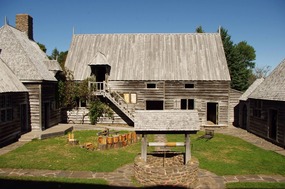
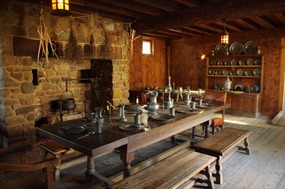
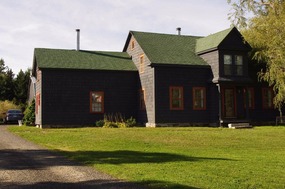

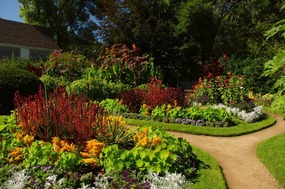
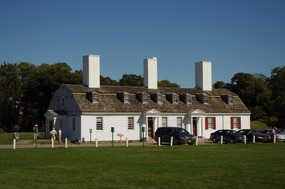
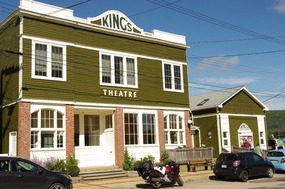
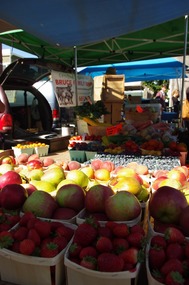
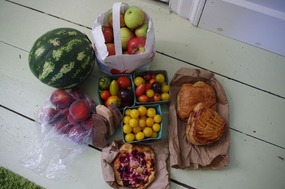
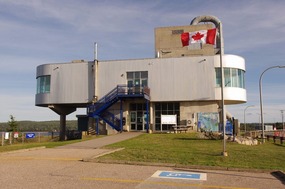

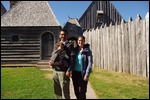
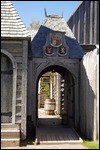
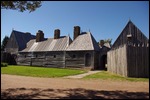
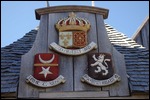
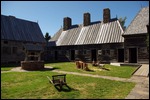
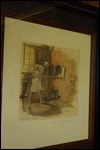
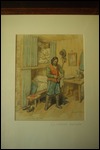

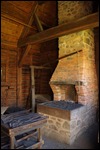
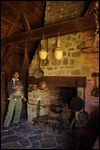
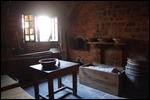
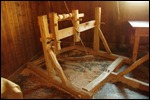
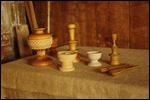
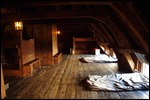
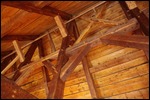
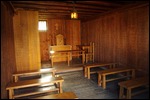
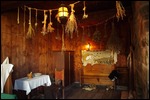
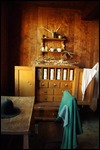


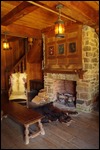
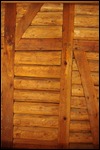
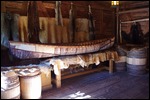
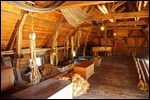

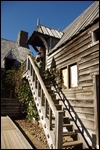
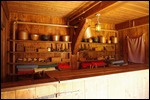
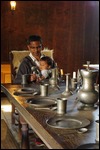
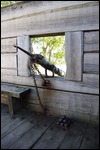
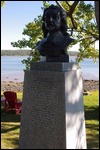

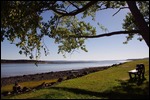

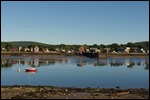
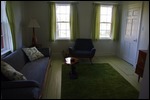


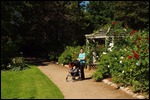

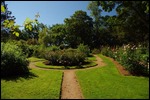
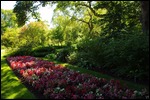
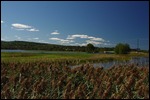
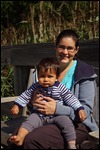
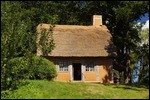

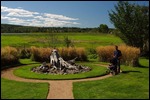


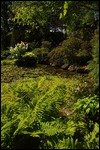
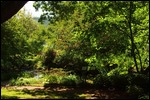
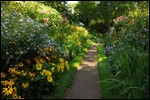
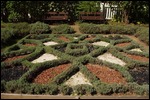
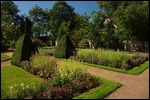
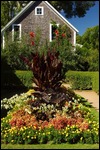




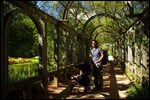
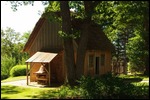
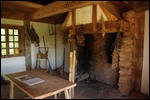
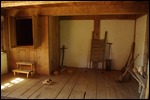
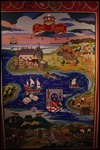
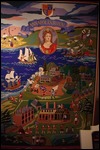
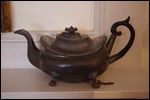
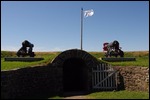
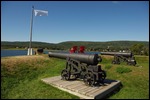
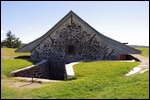
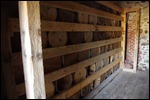
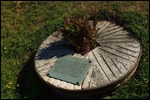

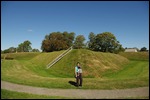
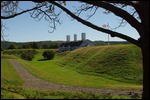


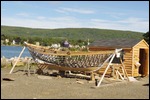
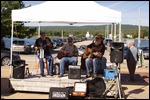

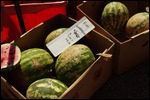

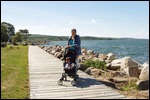



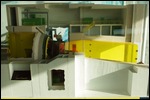
2025-05-22